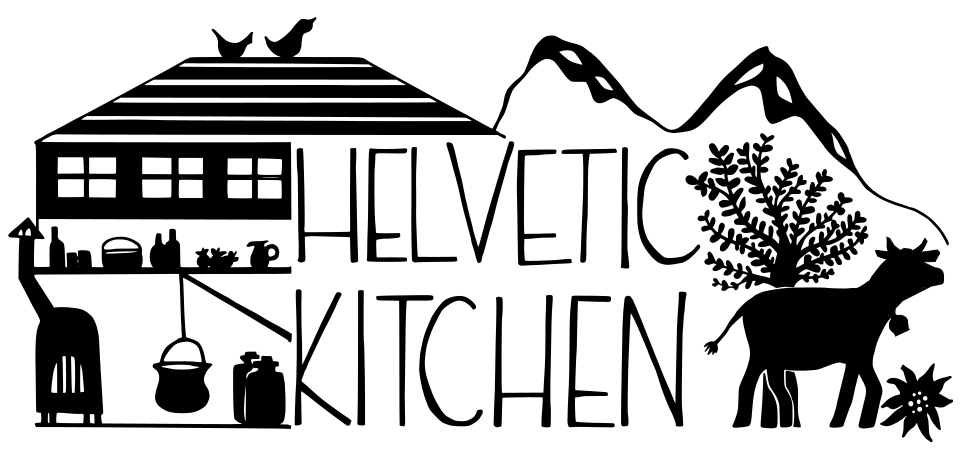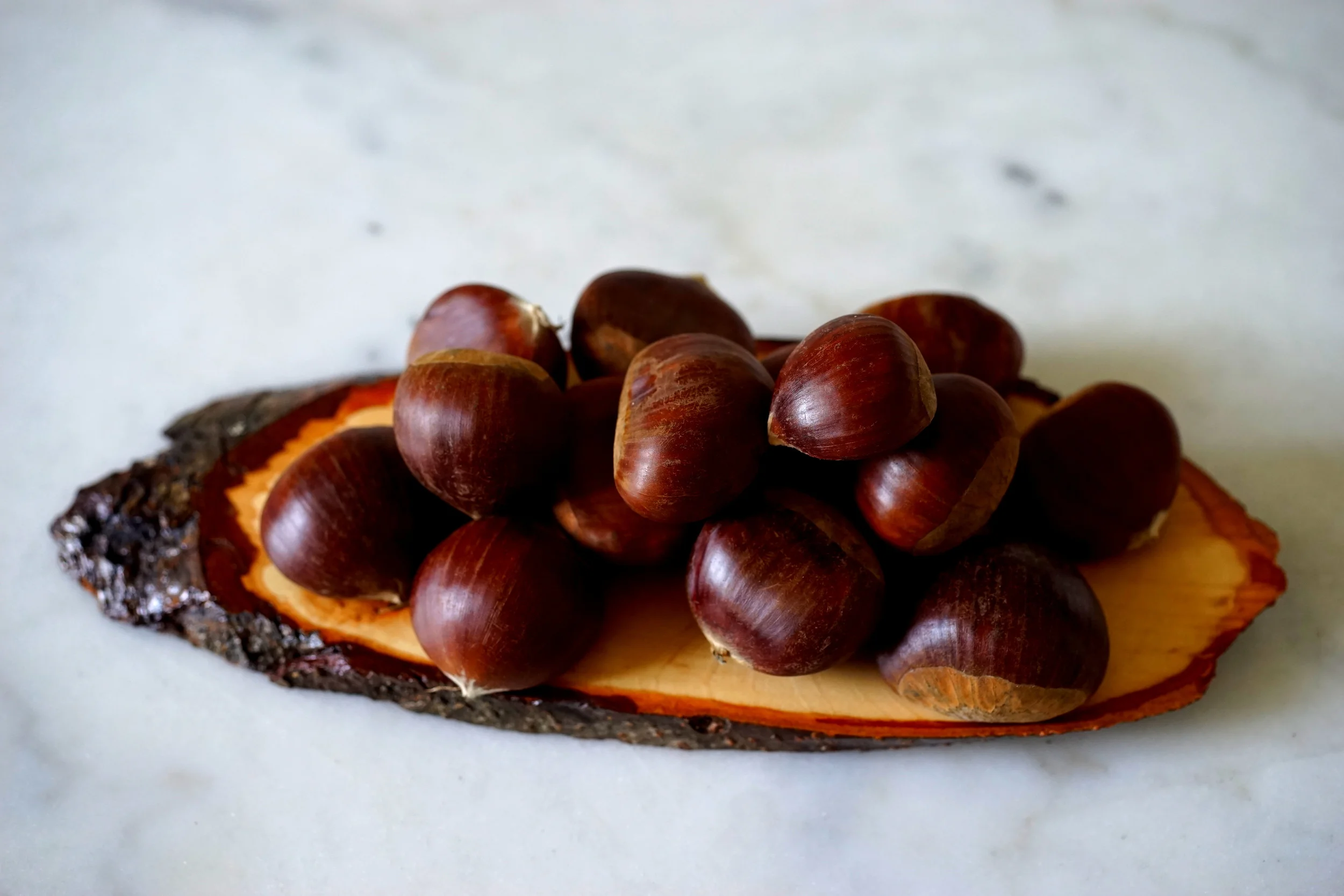Glazed Chestnuts
Chestnut season makes me experience Navin R Johnson levels of excitement.
Starting from the first crisp autumn days, the city of Bern is filled with the wafting aroma of chestnut vendors selling bags of the roasted nuts. For farmers, chestnut season is typically from October to December, but the street vendors stretch this time out as long as possible, selling them well into the new year (I don't mind).
Chestnuts in Ticino
According to the Swiss Forestry website, Wald Wissen, chestnuts were first brought from Turkey to Ticino by the Romans. Now, they are grown in the temperate Italian part of Switzerland, as well as in Valais, Chablais, Seeland, the Rheintal and near Lake Geneva.
Chestnuts remain an especially integral part of the cuisine in Ticino. The latest print issue of Migros Magazin mentions that in that region, to avoid high levels of absences, school children were given holidays when the nuts were ripe so that they could collect their fill.
These chestnuts, glazed with caramel, feature in the Wild plate .
(And they are excellent spooned over ice cream as well.)
300 g whole chestnuts
50 g sugar
30 g butter
30 ml water
Preheat oven to 200C / 400F / gas mark 6.
To prepare the chestnuts, cut a slit into the side and place on baking sheet (see photos above). Roast for about 25 minutes.
Remove the skins of the chestnuts (both the hard outer brown shell and the fluffy inner skin). It helps to crack them vertically and then peel away the shell. Some will break in half, just use the pieces.
The next step involves making caramel which can be quite dangerous, as sugar becomes extremely hot when cooked. During this stage, do not take your eyes off the pot and don't be afraid to take it off the heat if things are getting too dark.
Sprinkle the sugar over the bottom of a sturdy medium sized pan to form a thin, even layer. Turn the heat up to medium high and let the sugar melt. You will see the edges liquefy. Once the edges start to turn amber, give it a gentle stir with a wooden spoon.
Once all the sugar has melted and turned a nice caramel colour, take the pan off the heat and add the butter immediately to stop the sugar from cooking further: this will splutter, be careful.
Now add the chestnuts and give them a good stir to make sure they are fully covered with caramel.
Add the water very carefully, as this will splutter and steam again. Things will start to congeal, so return the pan to medium heat and stir until everything melts back together. Let this simmer for a few minutes, then it's ready.
Some recipes suggest initially boiling, rather than roasting the chestnuts. I was curious to see the difference, so I tested both methods. The roasting was much easier, as the skin was easier to peel. After boiling, the furry, inside skin seemed to stick more to the nut. Also, the flavour after roasting was better, and I found the dry texture to be superior as well.
If you don't want to roast and peel your own chestnuts, there are cooked, peeled and vacuum packed chestnuts available, which can easily be substituted.
The caramel here is is a dry caramel, where you add the sugar to the bottom of the pan and let it melt, no water needed. Butter is added after the sugar reaches the correct colour, to stop the cooking process. If you have never made a dry caramel, I suggest taking a look at David Lebovitz's step by step guide to the perfect caramel, which has great tips and photos.
Chestnut Sundae?
Coupe Nesselrode















